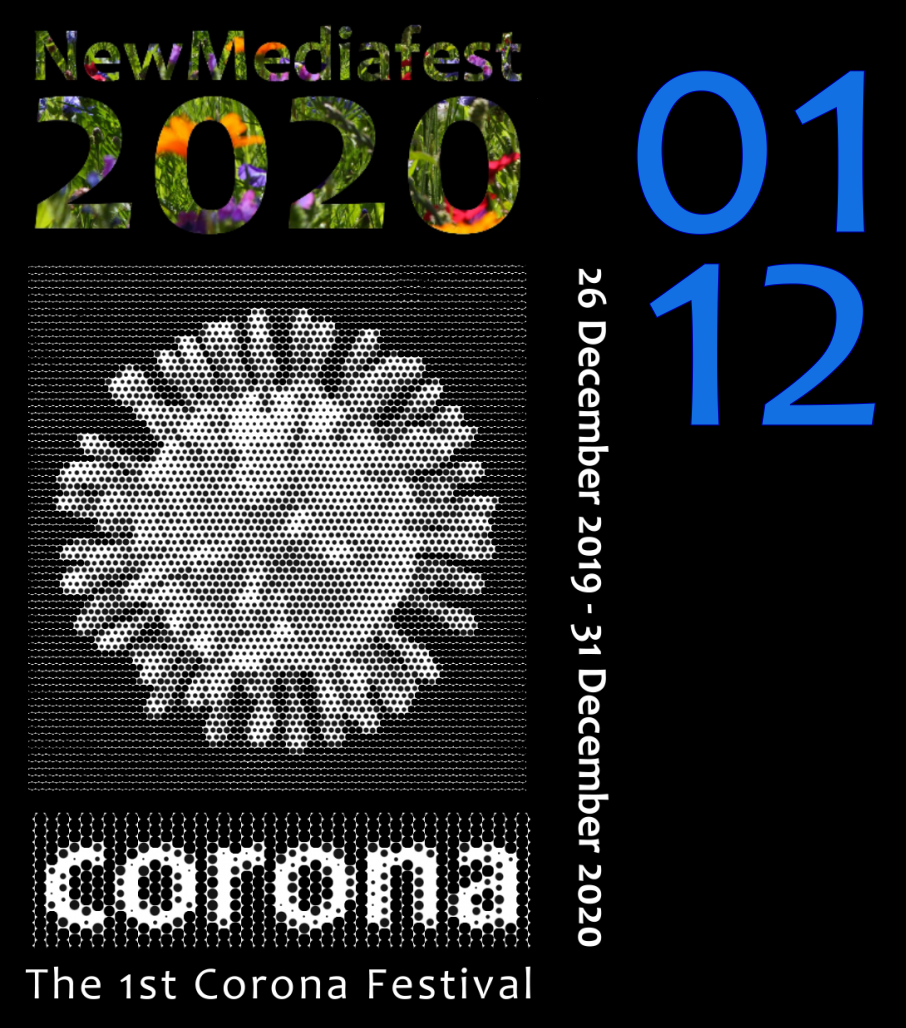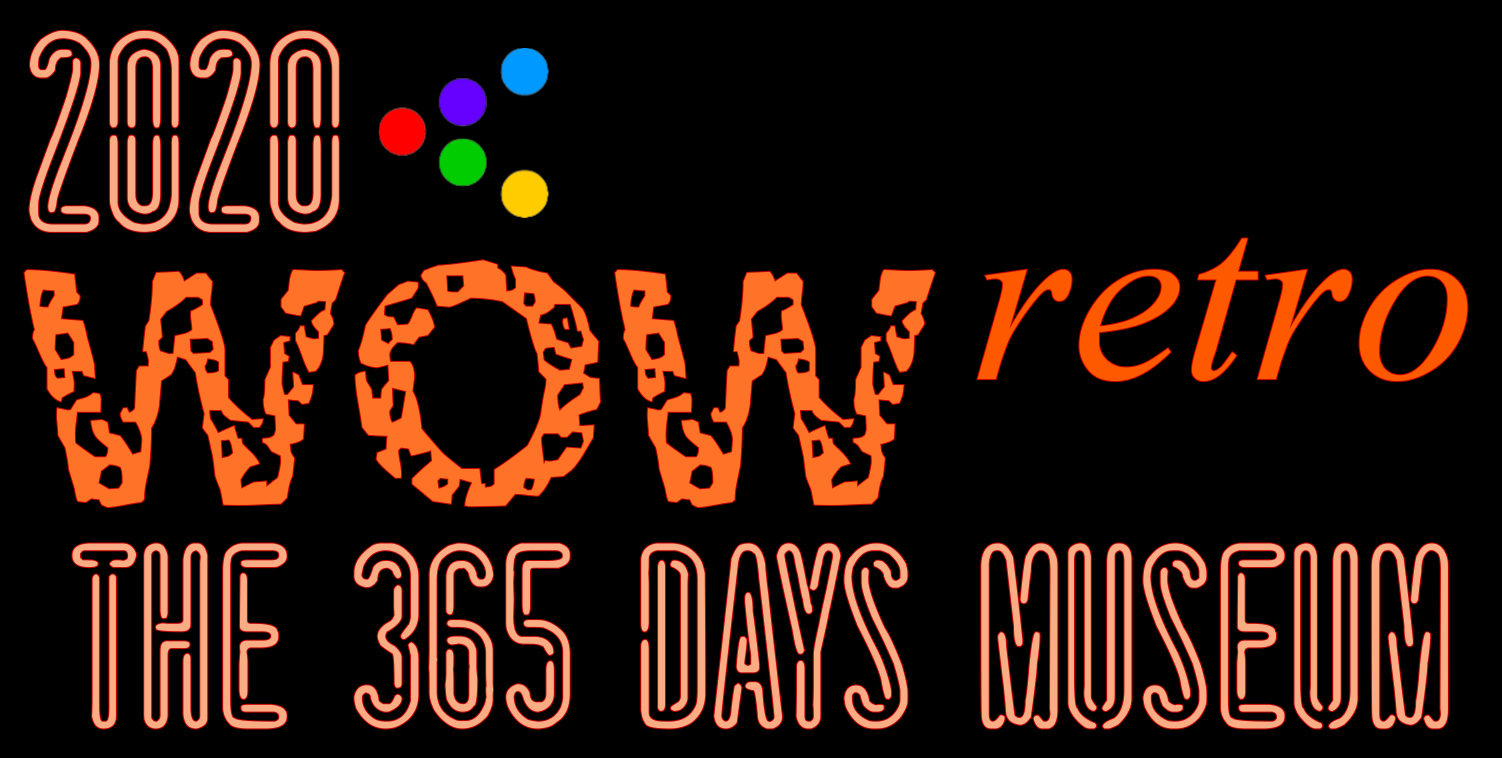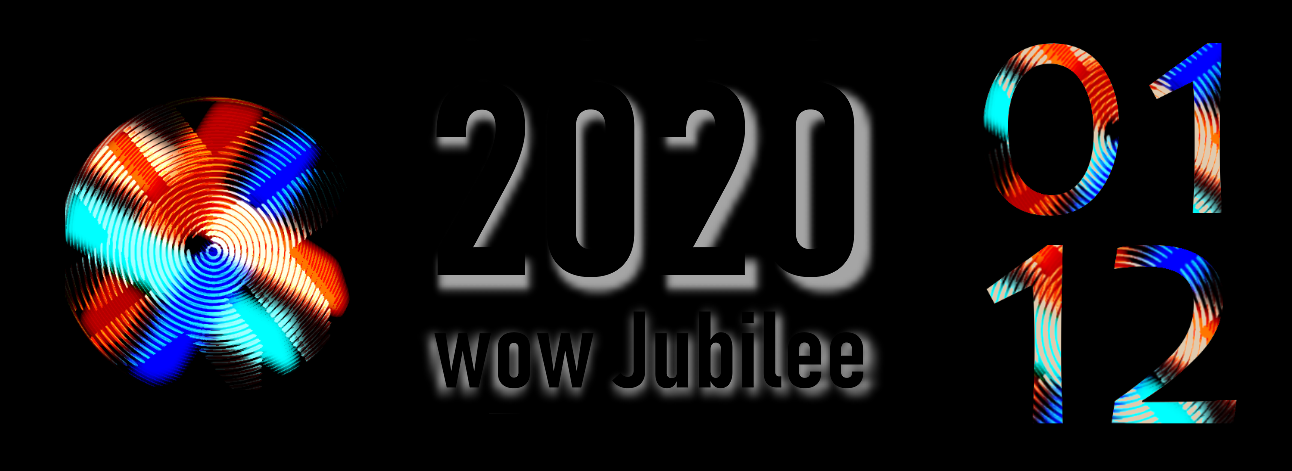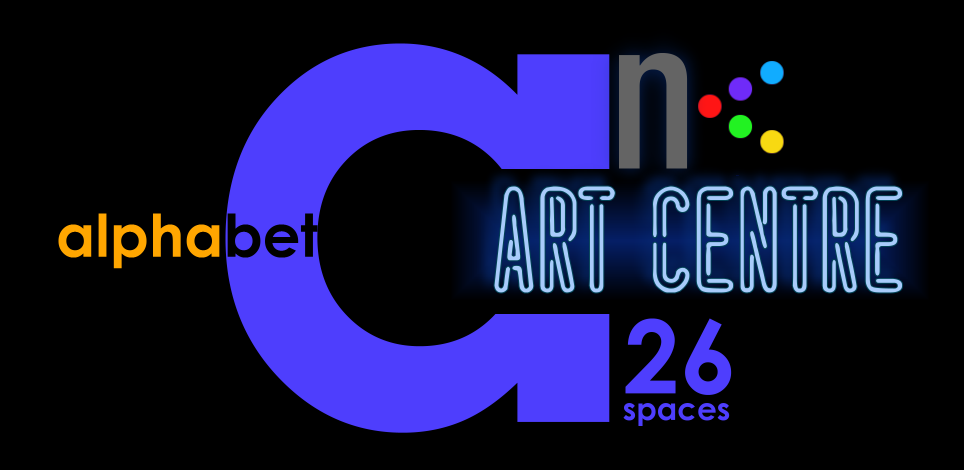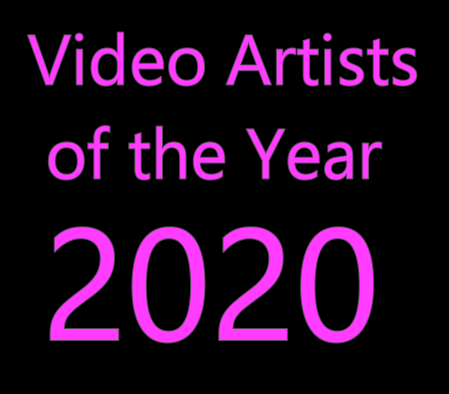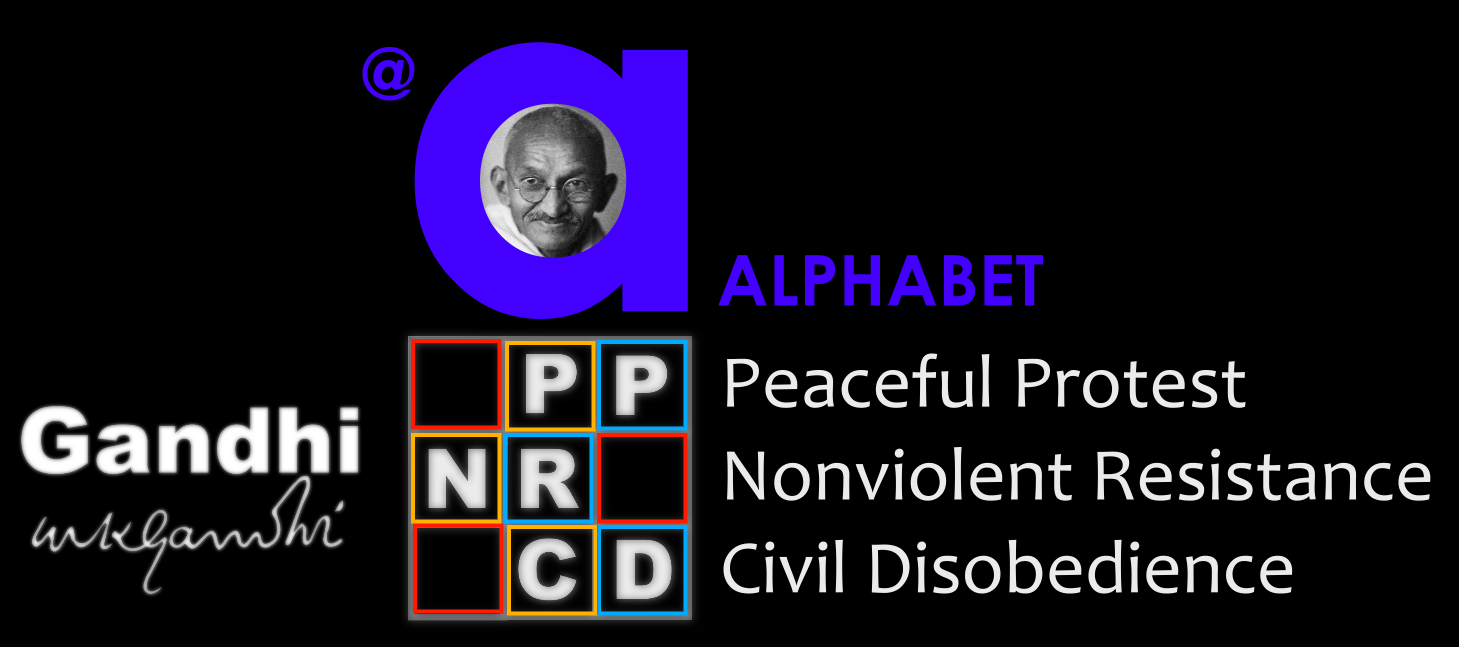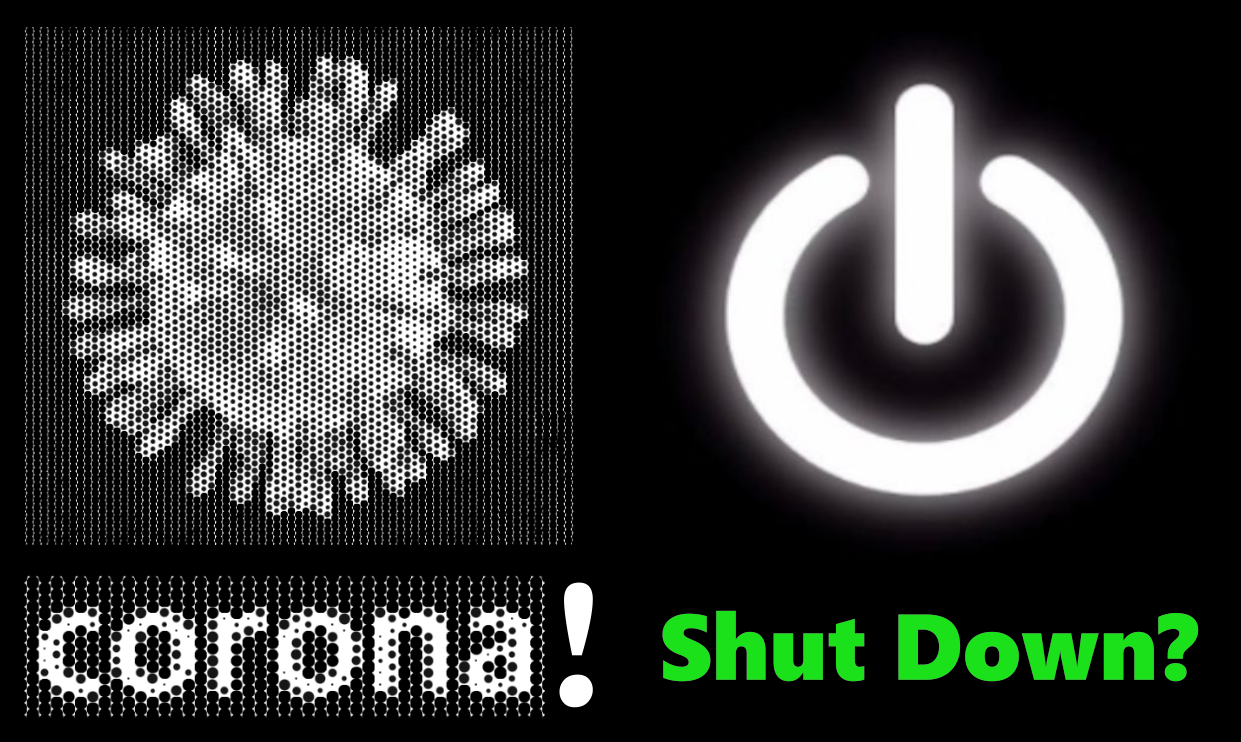Free Biennial (New York) – 1-30 April 2002
Wilfried’s participation in Free Biennial
Free Manifesta – Manifesta 4 Frankfurt – May 25 to August 24, 2002
Wilfrieds participation in Free Manistesta

Free Manifesta was a project for Manifesta 4, the European Biennial of Contemporary Art held in Frankfurt am Main, Germany from May 25 to August 24, 2002. A place in Manifesta 4 was purchased for $15,099 in an ebay auction by New York artist Sal Randolph, and any artist who wished was invited to exhibit their work as part of Free Manifesta. Over 225 artists & groups participated in free public art projects of all kinds which took place around Frankfurt am Main as well as through the broadcast airwaves, telephone and mail systems and on the internet.
SOME NOTES ON THE ORIGINS OF FREE MANIFESTA
“Giving it away, not giving it away, is there any difference. Giving it away, not giving it away.” Gertrude Stein
“The meaning of money lies in the fact that it will be given away.” Georg Simmel
“All fixed, fast-frozen relations, with their train of ancient and venerable prejudices, are swept away, all new-formed ones become antiquated before they can ossify, all that is solid melts into air.” Karl Marx (on money in its latest incarnation)
“It is essential to the nature of money for the objects into which wealth or value is condensed to be practically useless. . .This theorum is equally true for modern money (gold) and for archaic money (dogs teeth).” Norman O. Brown
“To be useless and unprofitable is one of the characteristics of works of genius” Arthur Shopenhauer
“This useless thing we expect civilization to value is beauty.” Sigmund Freud
FREE MANIFESTA had its origins in an earlier project, the FREE BIENNIAL, which took place in New York during the month of April 2002. Both came out of a series of works I’ve been doing over the past few years involving a study of money systems in the art context (the effects of buying and selling, giving and taking, wanting, having, not having).
The FREE BIENNIAL was an experiment in creating a gift economy in a fairly large group of people, to see how this might function and to see whether an economy of this kind could create an event and a context for art which has enough vitality and scale to hold its place alongside what is most likely the most vigorous luxury art market in human history.
I found that it is indeed possible for a single individual, acting outside of any institution and working largely alone, with about two months of full time labor and enough money to throw a party and print some stickers and flyers, to create a frame for an astonishing amount of artistic activity. By the end of the project over 300 artists had contributed their work to the FREE BIENNIAL.
I was also curious to see what it would be like to work with artists in a way that did not edit or filter their work according to my tastes and preferences. The FREE BIENNIAL was free both in the sense that no money changed hands and in the sense that any artist could enter. I was fairly sure that an unedited show would be more alive and interesting than anything curated could be, but I actually expected a great deal of the work in the FREE BIENNIAL to be “bad”, and to be personally challenging to me in that way.
In fact, I was surprised to discover that overall level of the work was very high. It seemed that artists selected themselves for the show, based on something like curatorial criteria — affinity with the ideas & participants, a desire to work in a different kind of context, an interest in freedom and experimentation. But this self-selection produced a different kind of result from ordinary curatorship — I was continually surprised by what was happening. No part of the experience was predictable.
As the FREE BIENNIAL developed, I began to wonder how it would be to take this uncurated space inside of an institution. The more I worked with this live and complex array of artists and projects, the more controlled traditional art spaces seemed. From this point of view, commercial and institutional spaces are almost identical in their desire to control the viewing context. The fear of “bad art” felt by museums and galleries began to seem a bit hysterical (and in that way, of course, interesting). The idea of selecting or curating based on “excellence” seemed suddenly narrow. What was being left out? What weren’t we seeing? The hush of museums and galleries began to seem like a silencing.
When Christoph Büchel’s invitation appeared in my email box, it seemed like an answer to these thoughts. It was irresistible. I could take this wild, uncurated biennial into a real, carefully organized biennial, and see what happened.
WHEN MONEY IS FREE
I purchased my place in Manifesta 4 as the high bidder in Christoph Büchel’s ebay auction, which he called “Invite Yourself.” I took him up on his suggestion. It felt a little like a magic trick.
Ordinarily, things that confer social prestige must be received (or not received) as a kind of gift. One is awarded something, or invited somewhere; it is a passive mode. An artist’s place in a big show is a gift of the curators. The artist is not the chooser here — no amount of desire can force the gift. In the marketplace, however, you can have whatever you want as long as you have the money. You do not have to persuade or impress someone in order to be allowed to buy.
Büchel, by auctioning off his participation rights, in this way also freed them. Participation, or belonging, was no longer tied to the traditional structures of power. We like to think of gifts as free, but in this case it might be argued that money is freer.
FREE MANIFESTA
FREE MANIFESTA creates an unedited and uncurated space within the larger context of Manifesta 4, a space where any artist who wishes can participate. It transforms Büchel’s “Invite Yourself” into “Everyone is invited”
As an artwork, FREE MANIFESTA is an idea structure, a kind of social architecture. What interests me is how these social architectures are given life by the consensus, the gift, of their participants. An alternate economy is created, based around this gift, which joins both the artists and those who experience the artwork in a new relationship.
But it is important not to over-romanticize the idea of the gift. Gifts may be financially free, but they are part of a system of mutual obligation and social hierarchy. The marketplace offers something more promiscuous and libidinal, an exchange based on desire. As we move between the interlocking systems of the money economy and the gift economy we find ourselves exchanging and re-exchanging one kind of freedom for another.
Sal Randolph, Frankfurt am Main, Germany, 25 May, 2002
ABOUT SAL RANDOLPH
Poet and art critic Eileen Myles has said, “Sal’s project converges at the root of money and postmodern art and avant garde friendship,” and the Boston Globe reported, “Randolph deliberately sets out not so much to challenge the viewers ideas about art, but her own… when put together, all this anti-art turns into provocative art.”
Sal Randolph is a graduate of Harvard University, and a resident of New York. She is a poet and DJ as well as a visual artist and has received a Massachusetts Fellowship in poetry. She exhibits regularly at the Silas-Kenyon Gallery/Schoolhouse Center in Provincetown, Massachusetts.
Randolph’s recent projects have included “Free Words” in which 3,000 copies of a free book are being infiltrated into bookstores and libraries worldwide (www.freewords.org), and “The Free Biennial” which brings together over 200 artists in an open show of free art in the public spaces of New York during April 2002 (www.freebiennial.org).

 artworks. Another such initiative had been Istanbul Museum of Contemporary Art and the curator “Mehmed Sinan” or KanonMedia’s NewMedia Line run by Alexandra Reill (Vienna),
artworks. Another such initiative had been Istanbul Museum of Contemporary Art and the curator “Mehmed Sinan” or KanonMedia’s NewMedia Line run by Alexandra Reill (Vienna),  who was realizing such a show online however just once in 2002. It is remarkable, that these initiatives start 2002 and end nearly at the same time 2003/2004 and mostly nearly without leaving any trace. If there wouldn’t be community platforms like Rhizome NY , or such online magazines like Neural , Noema or Random, where partially press releases or articles are still online. In many case, Wilfried needs to act again and again as a media archeologist to put at least some basic information together in order to give evidence, that the venues/ project participations Wilfried is listing in his biography were existing at all. The “art history” spotlighting this important phase of a transformation is neglegting completely the media reality at that time and focus instead of obsolete ideologies.
who was realizing such a show online however just once in 2002. It is remarkable, that these initiatives start 2002 and end nearly at the same time 2003/2004 and mostly nearly without leaving any trace. If there wouldn’t be community platforms like Rhizome NY , or such online magazines like Neural , Noema or Random, where partially press releases or articles are still online. In many case, Wilfried needs to act again and again as a media archeologist to put at least some basic information together in order to give evidence, that the venues/ project participations Wilfried is listing in his biography were existing at all. The “art history” spotlighting this important phase of a transformation is neglegting completely the media reality at that time and focus instead of obsolete ideologies. But there are also some exemplary initiatives existing like those by Sal Randolph – Free Biennial (2002) and Free Maniifesta (2002), which are completely documented online, so Sal is estimating her own projects as relevant as they are, because at the time around 2000, the development of artistic digital media was changing slowly the perception concerning art and technology, some years later only the computer was widely accepted as a tool for artistic creations – so the years 2000 – 2004 were representing a kind of intermediate phase of a new orientation in the arts.
But there are also some exemplary initiatives existing like those by Sal Randolph – Free Biennial (2002) and Free Maniifesta (2002), which are completely documented online, so Sal is estimating her own projects as relevant as they are, because at the time around 2000, the development of artistic digital media was changing slowly the perception concerning art and technology, some years later only the computer was widely accepted as a tool for artistic creations – so the years 2000 – 2004 were representing a kind of intermediate phase of a new orientation in the arts.




